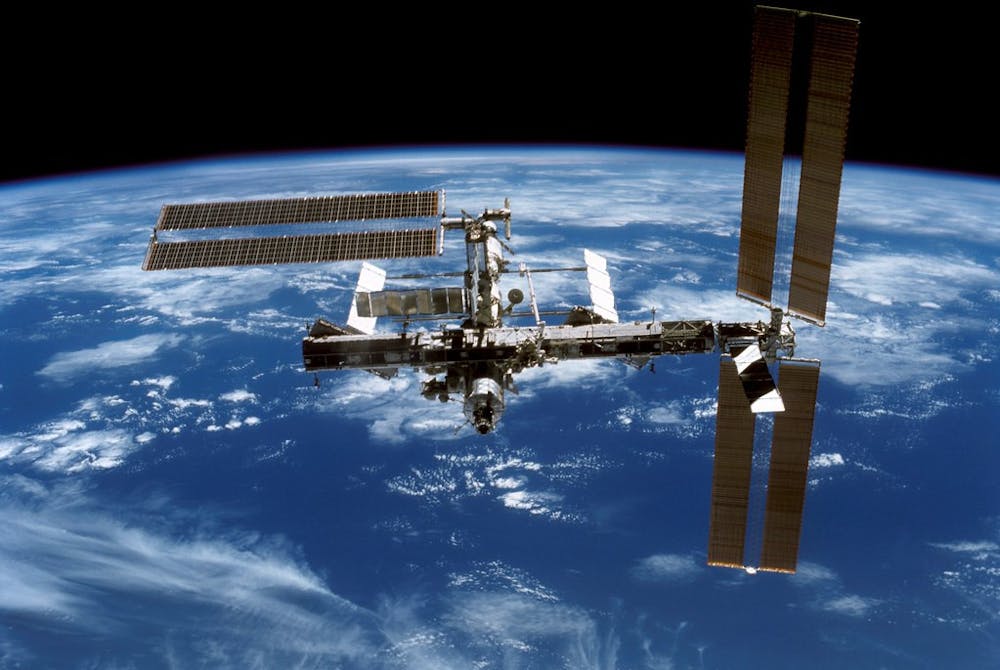Molnupiravir, an antiviral SARS-CoV-2 medication, may be linked to SARS-CoV-2 mutations
Molnupiravir is an antiviral medication from Merck that has been used extensively during the SARS-CoV-2 pandemic. New findings by a group of scientists in the United Kingdom and South Africa now call for a second look at the evolutionary safety of Molnupiravir as a treatment for SARS-CoV-2 due to its possible role in driving SARS-CoV-2 mutations.
Molnupiravir targets the RNA-dependent RNA polymerase enzyme by inducing it to mutate during RNA replication of viral genomes. In many cases, these mutations will inhibit the function of viral RNA in the human body.
The study found that Molnupiravir could be linked to the transmission of specific SARS-CoV-2 variants. This is thought to be possible if SARS-CoV-2 patients who underwent Molnupiravir treatment still had a residual viral load that was likely unable to cause severe symptoms but could cause future spread.
Using bioinformatic techniques, researchers found that a class of SARS-CoV-2’s phylogenetic branches exhibits the same point mutations generated by Molnupiravir, specifically when they analyzed sequences in samples taken from patients with known prior treatment with Molnupiravir. These findings raise concern about the long-term side effects of Molnupiravir usage.
Octopus-like suckers used to increase absorption of oral peptide drugs
Although there have been significant advances in the development of protein and peptide drugs for a variety of diseases from diabetes to cancer, many require infusion or injection to reach target areas in the body. While these routes of administration work, they often do not lead to the same level of patient compliance as oral drugs due to the need for hospital or clinic visits. In the last three years, only two orally administered water-soluble peptides, used to manage acromegaly and diabetes, have been approved by the U.S. Food and Drug Administration.
A team of researchers at ETH Zurich has developed suction patches modeled after octopus suckers to facilitate the development and approval of orally administered drugs. Their suction patches strongly adhere to and stretch the buccal mucosa, the inner lining of cheeks and the back of lips, which can enhance the efficiency of drug delivery.
David Klein Cerrejon, Jean-Christophe Leroux and Zhi Luo were able to improve the bioavailability of desmopressin, a peptide drug with poor oral absorption, by nearly twofolds, and reach comparable levels with semaglutide, a FDA approved oral drug, in beagles. They even began initial tests in humans, which further showed that their octopus sucker-like patches were well accepted in the human body. If successful, the suction patches could improve the treatment of Type II diabetes or obesity using semaglutide and pave the way for improved systemic absorption of other peptide drugs.
NASA Astronaut Frank Rubio returns after breaking U.S. record of longest time in space
On Sept. 27, NASA astronaut Frank Rubio landed in Kazakhstan on the Russian Soyuz MS-23 capsule. Alongside Rubio were Russian cosmonauts Sergey Prokopyev and Dmitri Petelin.
Originally anticipating to stay at the International Space Station (ISS) for 180 days, Rubio, Prokopyev and Petelin ended up spending 371 days in space. They circled almost 6,000 times around the world on their mission. This surpassed the previous U.S. record of 355 days set by NASA astronaut Mark Vande Hei back in March 2022.
The delay stemmed from a damaged radiator, which NASA and Roscosmos believed resulted from a micrometeorite that had struck their capsule docked at the ISS. It was determined that the damage, which had caused a loss of coolant, could expose occupants to unsafe levels of heat in space. The capsule was therefore returned empty. The newly constructed Soyuz capsule delivered a new crew of NASA astronauts and Roscosmos cosmonauts and enabled the return of Rubio, Prokopyev and Petelin.
Rubio commented on the fact that it will likely be months before his body recovers from his extended stay in microgravity. Astronauts often experience Spaceflight Associated Neuro-ocular Syndrome, physiological changes ranging from an upward shift in the position of the brain to blurry vision. This condition typically stems from the upward movement of blood and cerebrospinal fluid under microgravity.
Rubio shared that living long-term in space also introduced psychological challenges. Living in an isolated and closed environment for prolonged periods can result in fatigue, stress and sleep loss.
Antimatter, like matter, also experiences gravity
Produced in pairs, matter and antimatter are essentially particles of the same mass but with opposite charges. Recently, the Antihydrogen Laser Physics Apparatus (ALPHA) collaboration at the European Organization for Nuclear Research showed that antimatter falls downward under the influence of gravity. This supports Einstein’s general theory of relativity, which describes objects of the same mass as experiencing the same gravitational acceleration. The theory of relativity was developed at a time before antimatter was discovered.
Antiparticles are made of antiprotons and positively charged positrons. The antiprotons form a negatively charged nucleus, which is surrounded by orbiting positrons.
The ALPHA collaboration involved constructing an “accelerator” for high-speed collisions between protons to form pairs of protons and antiprotons and a “decelerator” to slow down antiprotons. These antiprotons were combined with positrons from a radioactive material to form antihydrogen atoms. Because antiparticles and particles quickly come together, which would annihilate both, researchers had to design a type of magnetic “tin can” to isolate antihydrogen from hydrogen atoms and reduce their speed through cooling. Ensuring that gravity was the only acting force, researchers saw that most of the antihydrogens came down from a bottom opening instead of the top, even though gases typically expand in all directions. This is evidence that antimatter experiences gravity just like matter does.
Editor’s Note, 2023: A previous version of this article contained incorrect information on the research article “Boosting systemic absorption of peptides with a bioinspired buccal-stretching patch.”
The News-Letter regrets this error.





